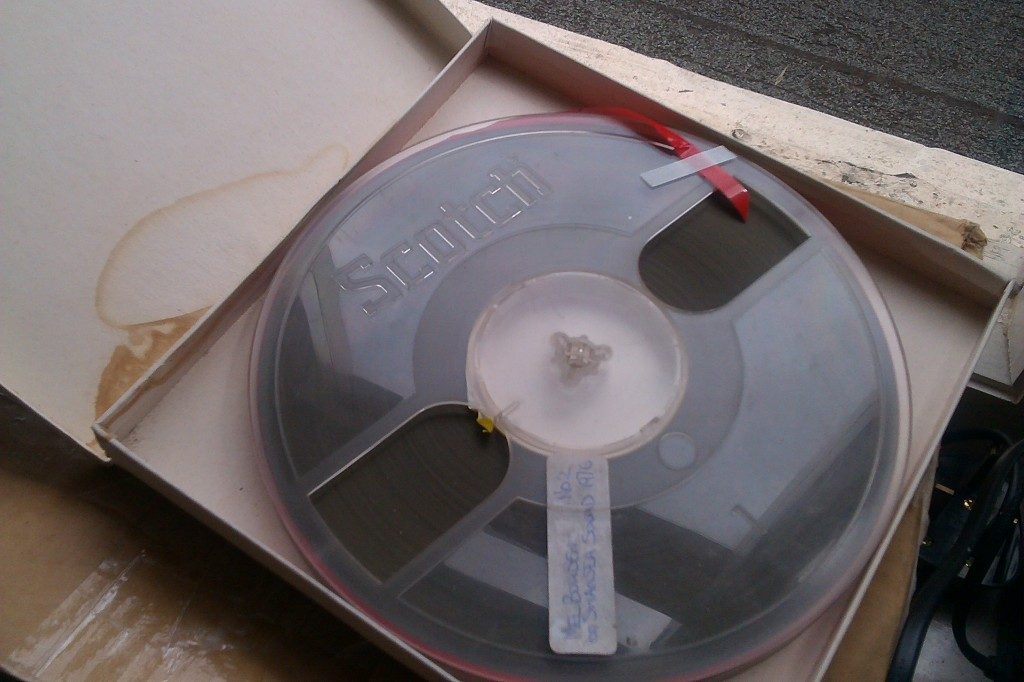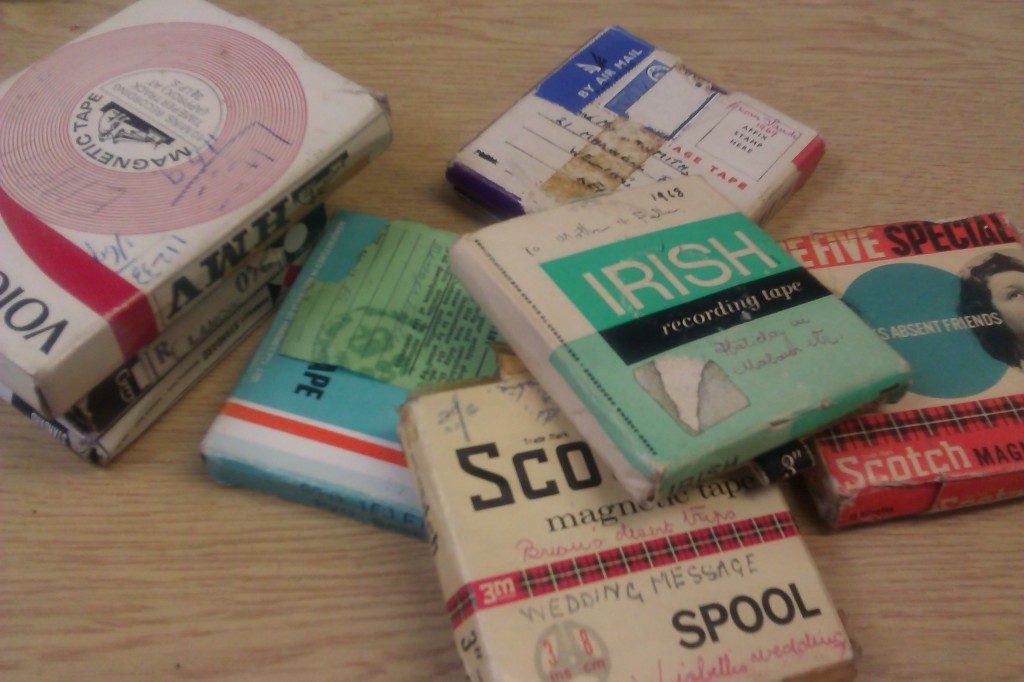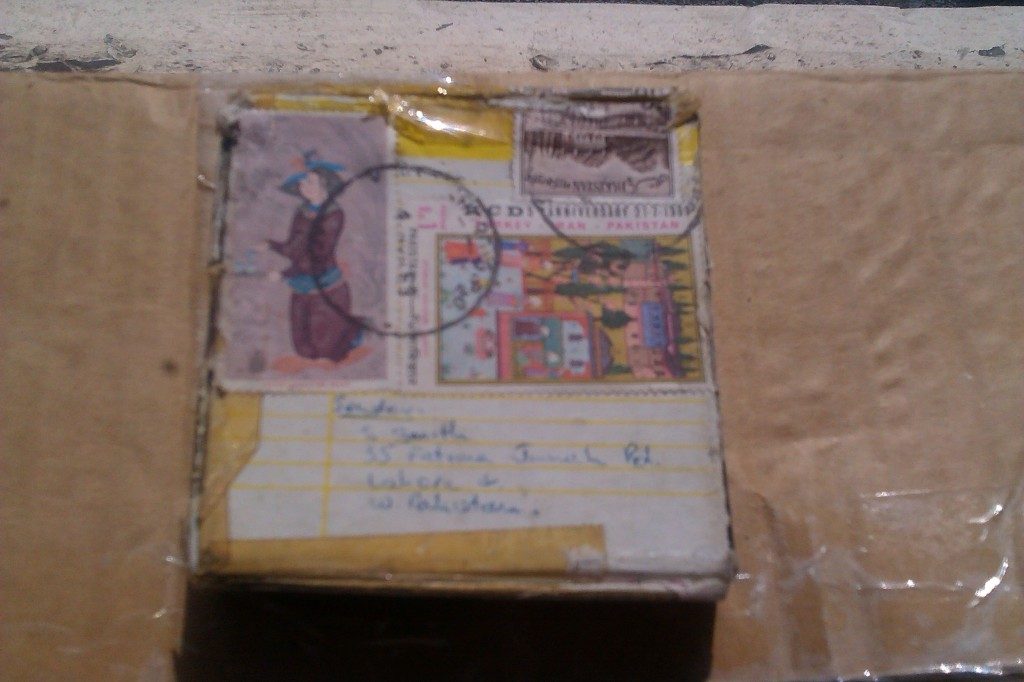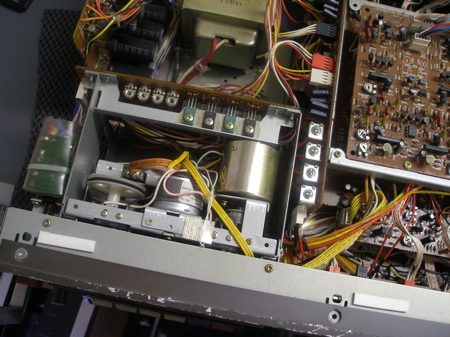In today’s digital society most people have an archive. On personal computers, tablets and mobile devices we store, create and share vast amounts of information. We use archives to tell others about our lives, and the things that are important to us.
Gone are the days when archives were dusty, dark places where experts went to research esoteric knowledge. Archives are everywhere. They are dynamic, digital and personal, as well as being institutional, historical, corporate and civic.
The creation of personal archives is of course nothing new, but the digital age forces us to have a far more intimate relationship with information, and its organisation. Put simply, there is loads more information, and if it isn’t collected in a systematic way you may well drown in a sea of your own, not to mention everybody else’s, data. Maybe this is happening to you right now! If so, you need to embrace the archival moment and get your own collections in shape.
Part of this everyday information management is migrating archives stored on obsolete formats, such as the many different types of analogue and digital magnetic tape we work with at Greatbear. Digitising tape gives it new life, allowing it to be easily circulated, shared and used with today’s technologies.
A significant amount of the Greatbear’s work involves digitising the diverse collections people produce in their everyday working, creative and social lives.
Here are two recent digitisation projects which are a good example of our work.
Swansea Sound 1976
We were sent a number of ¼ inch reel to reel Scotch 3M tape ‘made for the BBC’ tape, recorded at the rate of 7 ½ inches per second from local radio station Swansea Sound in 1976. The tapes were all in good condition, although the boxes had some evidence of water damage. Over time the tension in the tape pack had also changed, so they required careful re-spooling before being played.
The recordings were fascinating to digitise because they communicated how little the format of radio programmes have changed since the late 1970s. Jingles, news reports, chat and music were all part of the show, and anyone familiar with BBC Radio 2 would certainly enjoy the recordings, that still seem to be played every Saturday morning!
Brian Pimm-Smith’s recording diaries and tape letters
Another collection was sent to us from Brian Pimm-Smith. Brian enthusiastically documented his life and work activities using a Uher open reel portable tape recorder which he acquired in 1963. The box included many ¼ inch tapes that could record up to 10 minutes at 3 and ¾ inches per second. These tapes could also record up to 4 mono tracks at 10 minutes each, allowing for storage of up to forty minutes at a time. The main bulk of the collection is a series of spoken letters sent to and from Pimm-Smith and his family, who between them lived in Britain, Pakistan, Rhodesia (now Zimbabwe), Japan and Saudi-Arabia, but it also includes recordings of when Brian worked taking weather measurements for the British Antarctic Survey.
Some of the 1/4 inch tapes were marketed by companies such as Scotch and EMI specifically to be used as ‘voice letters’ that ‘links absent friends’. Despite this Pimm-Smith said that making such recordings was pretty rare, something ‘quite out there’ for most people. Brian’s mother nonetheless embraced the activity, as they shared correspondence back and forth between wherever they lived at the time.
The 1/4 inch tape boxes in themselves are a colourful record of international postage in the late 1960s. Sent from Pakistan, Rhodesia (now Zimbabwe), Saudi Arabia, Australia and Japan, the small boxes are plastered with stamps. The boxes were reinforced with sellotape to ensure the contents didn’t fall out (which is still stuck fast to the boxes, by the way, clearly demonstrating the surprising longevity of some forms of sticky tape). Pimm-Smith’s tapes are fascinating objects in themselves that bear the marks of travel through space in the form of postal stamp marks, and time, as they sit on the desk now in the Greatbear Studio.
Perhaps the most exciting and unique recording Brian has kept is the audio diary of his trip through the Sahara desert. For the trip Brian drove an early 70s Range Rover which had a cassette player-recorder, a technological device only available in Africa which used audio cassette tapes. This enabled him to document his impressions as he drove along. Brian describes how he had taken a portable typewriter with the intention of keeping a written diary, but he used the tape recorder because it was more ‘immediate.’ On hearing the digitised tapes Brian was amazed at how clear the recordings sound today, particularly because he was driving at the same time and there was likely to be background noise. You can hear the hum of the car engine in the extract below, but the voice is still clearly very audible.
http://thegreatbear.co.uk/wp-content/uploads/blog-example-cassette-tape-1.mp3
Listen to Brian talk about problems with his tyre as he drove across the Sahara Desert in 1976
The stories Swansea Sound radio and Pimm-Smith’s collection tell are part of wider social histories. They tell us about communities and places, as well as the continuities of style in broadcast radio. They tell us how people used analogue tape recordings to document personal adventures and communicate with families who lived in different countries.
Both tapes are examples of the sheer diversity of personal, magnetic tape based archives that people have been keeping for years, and which we digitise at the Greatbear. Brian Pimm-Smith contacted Greatbear because he wanted to make his tapes accessible, and preserve them for future use. He is hoping one day to write a book from his many adventures and these recordings can now remind him not only of what he did, but how he felt in the moment he made them.






